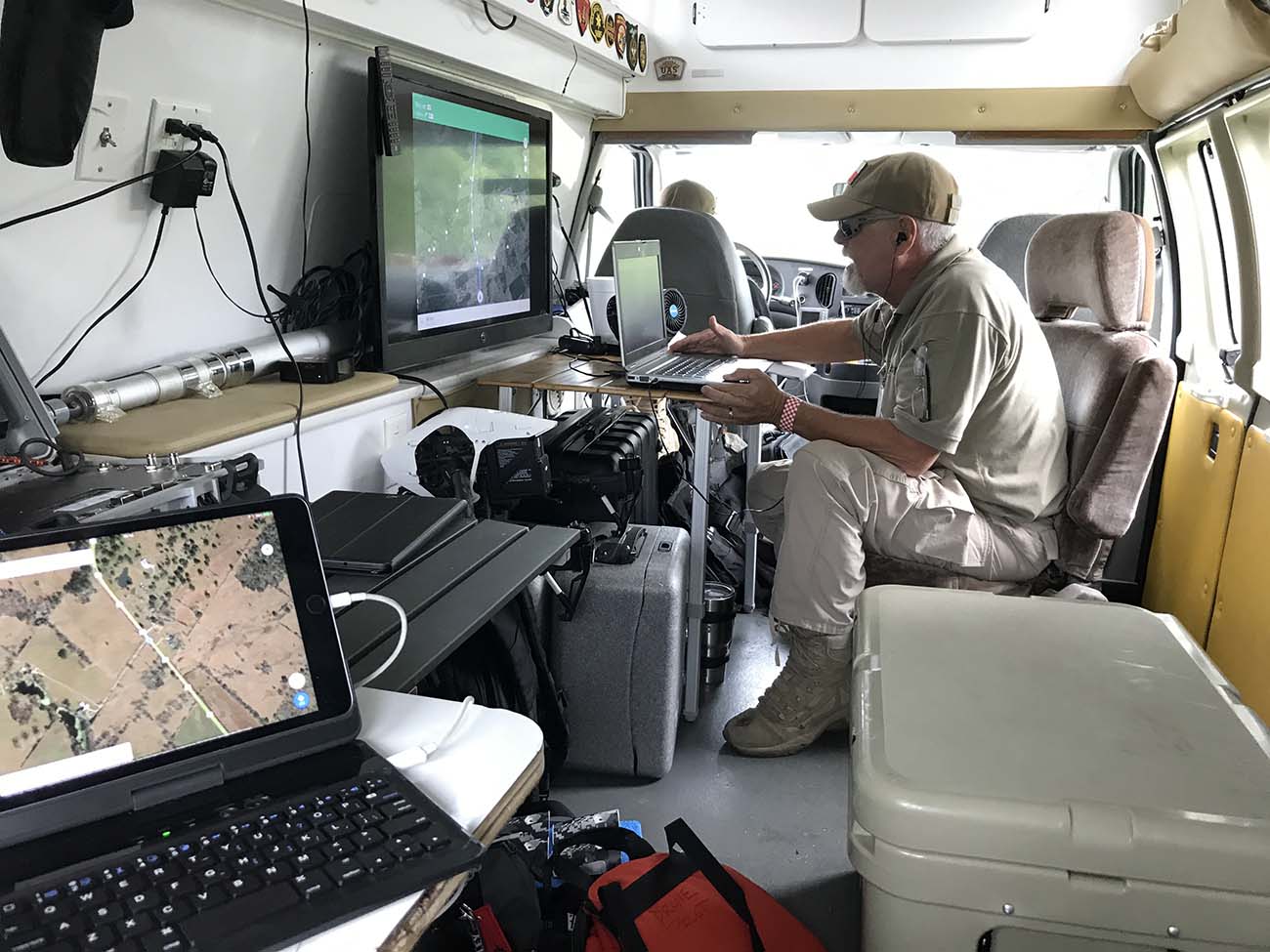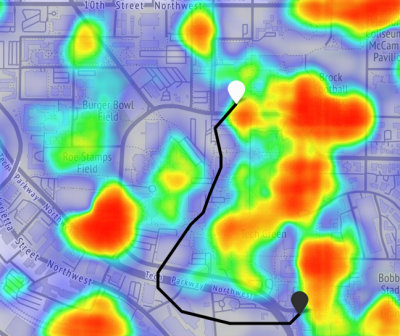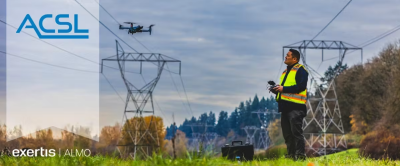November 27, 2017
Gene Robinson Works to Create a Systematic Safety Approach for Flying Drones
Last week I had the opportunity to read an incredibly detailed and informative article, “Obstacles and Solutions to Implementation Drones in Your Public Safety Agency’s Tool Kit”. The piece looks at what it means to see public agencies think of and utilize drones as tools to better serve their constituents. Doing so is about overcoming a variety of obstacles and making training a priority, but there are various factors to take into account with each of these considerations.

All photos courtesy of Gene Robinson
Written by Gene Robinson, an expert in search and recovery operations and a 10-year veteran of drone deployments, the article is as thorough as it is informative. Gene is also also Director of Flight Operations at
Drone Pilot Inc., and has provided key insights for reports that focus on
how emergency response professionals are using
UAVs for the past couple years. It's no wonder he's been referred to as the
grandfather of drone search and rescue efforts.
We reached out to Gene to better understand what moved him to write the article and why the Public Safety sector is of such critical importance to him.
Juan: Why now and why the public sector, specifically?
Gene: Well, I’ve been involved with search and rescue for almost 30 years of which the last 13 have been using drones and I’ve seen a dramatic increase in the adoption of the technology but not a similar enthusiasm for the safety aspects of the flight per se. In other words, Public Safety is my area of expertise and I see more and more agencies throughout the world adopting drones to enhance their day-to-day operations but I haven’t seen a systematic effort to add the UAV machine to their workflows with “aviation safety” in mind.
Juan: Do you mean applying “manned aviation” safety practices to unmanned aircraft?
Gene: Exactly! Manned aviation is the safest mean of transportation available today and the only reason for this amazing safety record is that flight departments enforce very strict Safety Management Systems or SMS’s to make sure their air operations are conducted under a strict protocol of processes and procedures. What motivated me to write the article was the prevalence of the ‘Toy’ mentality amongst certain users who don’t understand that when they’re pilot in command, it’s irrelevant if they’re inside the aircraft or not; they still have a fiduciary responsibility with the people on the ground.
Juan: I had a similar experience in my field of expertise, which is land surveying and mapping, when I noticed that surveyors were now using drones but didn’t understand or embrace the awesome responsibility to be in a position to cause harm to someone on the ground. At the time I called it the ‘transit’ mentality. When you take off, you are no longer a surveyor but a pilot.
Gene: Every industry is going through the same process, farmers are now pilots too, electric engineers suddenly are flying aircraft to inspect electric distribution networks and not everyone is doing so under strict protocols and with a systematic safety approach. Pilots of manned aircraft are safe because they follow strict protocols and the flying public is confident they can get from point A to point B in a safe manner. The same principle should apply to UAVs and the general public.
Juan: So what would be your advice to these entities that are creating Flight Operation Departments in order to incorporate drones into their daily activities?
Gene: Public Safety entities live in a world of SOPs (Standard Operating Procedures) and SOGs (Standard Operating Guidelines) so it would be easy for them to implement an SMS for their flight departments and also to make sure they apply a ‘Pilot’ mentality to their operations and create a culture that a PIC is a person who carries the responsibility and that lives are at stake if these principles are not observed. Public Safety is all about safety and drones are not the exception.
Obstacles and Solutions to Implementation Drones in Your Public Safety Agency’s Tool Kit 















Comments